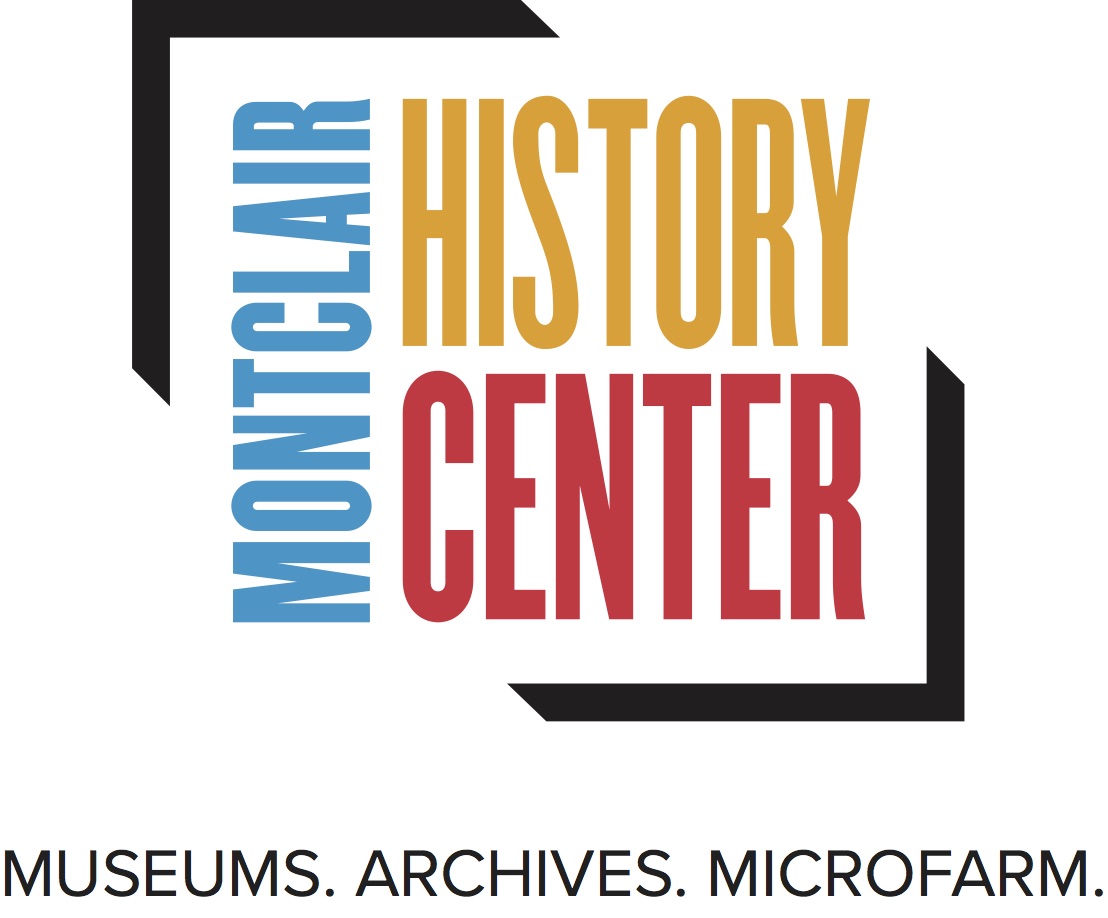Still coming down from the excitement of our herb sale? Or maybe you’re dealing with post-herb sale blues? Look no further than our collection of pamphlets titled the Herb Journal which contain various herb-themed content. From gardening tips, to recipes, to information about ancient pagan uses for herbs, each month’s publication focused on a different topic.
Between 1936 to 1939, the Herb Journal was published by a woman named Rosetta Elizabeth Clarkson. Clarkson was born in Orwell, New York, in 1892. She graduated from Vassar College in Poughkeepsie in 1914 where her collection is now kept. Initially, she pursued a career in education, teaching at the high school level before pursuing her Master's at Columbia University in the early 1920s. It was during her studies, particularly while researching the Elizabethan dramatist Henry Porter, that she developed a keen interest in herbalism and how herbs can be used.
Following her academic pursuits, Clarkson and her husband Ralph moved to Milford, Connecticut. Clarkson dedicated herself entirely to the study and cultivation of herbs. Their residence, known as Salt Acres, became home to an impressive collection of over 300 herbs and was instrumental in the revival of herb culture in the United States. The couple offered tours, conducted lectures, and generously distributed seeds to both commercial gardeners and private growers at no cost. Likewise, during the time of its publication, the Herb Journal reached over two thousand individuals at no charge.
Clarkson authored several notable works pertaining to horticulture, including Herbs: Their Culture and Use, Green Enchantment: The Magic and History of Garden Making, Magic Gardens: A Modern Chronicle of Herbs and Savory Seeds, and The Golden Age of Herbs and Herbalists. Moreover, she established the Herb Lovers Book Club, through which she published reprints of gardening and herbal books.
In 1950, Clarkson passed away at the age of 58 but left behind a rich legacy in the world of herbalism and literature in the United States. Luckily, her expanse of knowledge can clearly be seen in the various issues of Herb Journal we have on hand. While each issue focuses on different topics, multiple copies discuss the uses for herbs in recipes. Volume 3, Issue No. 9 focuses solely on salads and opens with a “Prelude to Salads” from Charles Dickens 1844 novel Martin Chuzzlewit. It states: “She also produced (besides a cabbage) a handful of mustard and cress, a trifle of herb called dandelion, three bunches of radishes, an onion rather larger than an average turnip, three substantial slices of beetroot, and a short prong or antler of celery…” From Volume 3, Issue No. 2, Clarkson shares recipes for a pear salad and additional salad accompaniments. As summer and warmer weather approach, maybe you can try the following recipes for yourself!
Pear Salad
Peel and cut in half a large pear and scoop out the fibrous center. Halves of canned pears may be used instead.
Add a teaspoon of cream to a package of cream cheese in a bowl, ¾ teaspoon of a mixture of powdered rosemary and sweet marjoram, and stir thoroughly.
Make little balls of the cheese mixture, roll in finely chopped nuts and place in the center of the pears.
Sprinkle over each half pear ½ teaspoonful of chopped fresh or dried and sieved applemint or orangemint or a mixture of both.
Serve with the following dressing: Mash two tablespoons of mint jelly, add the juice of a lemon, a pinch of salt and 4 tablespoons of mayonnaise.
Mix thoroughly and combine with 4 tablespoons of whipped cream
Salad Accompaniment #1
Butter hard crisp little crackers, sift celery salt over them and shake off the excess. Place on a metal cooking sheet and pop into a medium oven until the butter is melted. (Celery salt is a mixture of ground celery seed and salt).
Salad Accompaniment #2
…Small round of bread cut very thin browned in a hot oven under a broiler. Dried and sieved summer savory, basil or parsley is put with butter in a saucepan for 5 minutes and gently simmered without browning the butter. Then the mixture is poured over each round of the melba toast.
By Jess Titterington
Source List
(Recipes sourced from pg. 19, Volume 3, Issue No. 2 of Herb Journal)
https://digitallibrary.vassar.edu/collections/finding-aids/5b70ff13-b890-49f9-b30a-fc0835b58f7d
https://brittneyingersoll.com/blog/books-herbs-1936-1939/
Image of Rosetta Elizabeth Clarkson:



